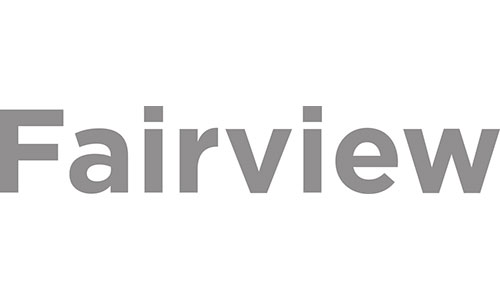
Creative Arcade has found in an effective brand identity that “God is in the details”. Details that help set an organization apart from their competition and, on the opposite end, elements that visually delight the consumer as they engage with a brand.
In developing client brands over the years, we have worked with clients who are very hands off and some that are very hands on. We appreciate both approaches to the process that always ends up with deep insights, understandings and rationale that, ultimately, backs up a very subjective end result. If a brand identity truly does its job, it is true to the brand story that consumers engage with.
Often the brand perception that is already in place needs help because of many variables. There may be more “heavy lifting’ at times to truly reflect the essence that a company is or aspires to be.
If you are or plan to be involved in a possible branding process for your company or organization, here are a few things to consider in working through the process:
1. Define the target audience
One of the items that needs to be identified in the process early on is to simply understand and trust in the results of determining your target audience or audiences. More established brands may already know (or believe they know) who their audience is. Others have no clue or believe that their family and/or friends are their audience. Or that EVERYONE who breathes is a target audience.
Truth be told that taking the time and putting forth the efforts to figure out the target dictates how the identity should be developed. If done correctly, a consumer starts to connect the brand story with the elements like logo, colors, fonts and tone of writing. This will create a deeper understanding and builds long term loyalty.
2. You are not the target audience
It’s easy to be so close to your business and clientele to think that you may know best when it comes to who your audience is. The problem is that you may be right on one level, but more times than not, your audience is different than what you think. If you are trying to sell something that does not appeal to the right audience, or vice versa, this disconnect results in not selling as much of your product or service.
3. Delight in the unexpected
There have been times where we have presented elements outside of the normal logo, colors etc that helps tell the story, but may be an unexpected tactic. An unexpected shape or unexpected color or graphic, but an unexpected that may put the overall look and feel over the top. Many times (see number 2 above) stakeholders don’t consider an unexpected element that has merit, based on the audience research, as important. This can be because it may make them feel uncomfortable or may make their product or service take a different turn than they had expected.
Trusting in the details and ideas that you are paying for should be considered. If it was easy, you would not need the help of a design professional to begin with. Typically, consumers get an unexpected surprise when they are engaging with a brand and an unexpected feeling hits them. That delight (that is brand appropriate) will stick with them and build loyalty.
4. People are smart
When it comes to your brand and developing work that fits the right target audience, people will figure it out when they know they’re being talked to. Many times clients want to “hit them over the head” with the proverbial 2×4 and they wind up diluting their message. Again, this goes back to #2. Let go and trust the identity that represents your story. Allow people to engage, breathe and live within the marketplace.
5. Nurture your story
In the end, your story is what is being told. Take care of it! Developing a brand standards manual to help ensure that the identity is always being upheld in reflecting your story is important. It’s easy to develop a manual, but not hold internal audiences, vendors and others who work with your brand identity to abuse it. Nurture your story. Nurture your brand and make sure to apply the brand to the appropriate target marketing channels.
6. Allow customer experiences and mediums to do their job
One last thought, is to give mediums and different ways of interacting with your brand a chance. In our ROI driven ways of marketing, it’s easy to give something a try, but turn against it without truly giving a chance to the tactics being used. It is a leap of faith at times, but armed with a strong brand, identity and knowing the right mediums that your audience will be engaging with, give it some time and learn from what reporting is telling you before shifting gears too quickly.
In conclusion, details can delight and details can throw a wrench in the cog of brand development. When thinking about a branding redo or branding start up, partner with your hired branding marketers to make it the best it can be.



